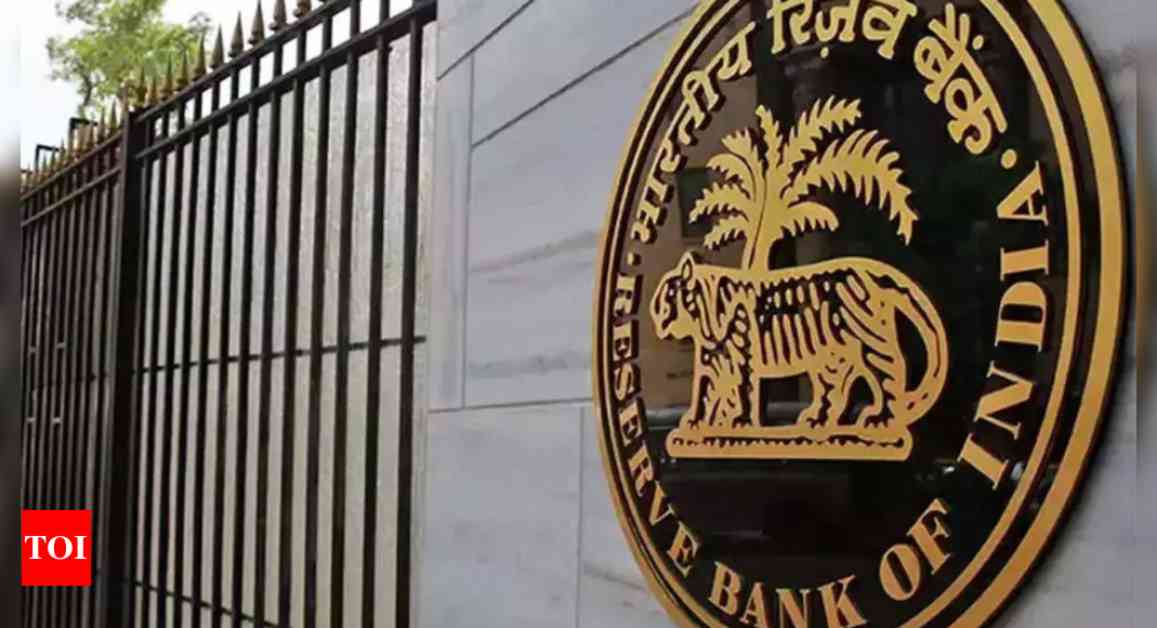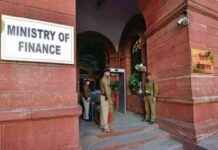Financial Stress Looms as Rising NPAs and Write-offs Predicted by 2026
MUMBAI: The Reserve Bank of India (RBI) has issued a warning about potential financial stress looming on the horizon for Indian banks as gross non-performing assets (NPAs) are projected to rise in the coming years. According to the bi-annual financial stability report released on Monday, the current gross NPA level stands at a 12-year low of 2.6% of total assets as of September 2024. However, under the baseline scenario, this figure could increase to 3% by March 2026.
Stress Test Results Unveil Troubling Projections
The stress test results paint a grim picture, indicating that in an adverse scenario, gross NPAs could skyrocket to 5%. Furthermore, under the worst-case scenario, known as adverse scenario 2, gross NPAs could climb even higher to 5.3%. The report highlights that credit risk is especially severe under adverse scenario 2, with public sector banks facing a potential rise in GNPA ratios from 3.3% in September 2024 to 7.3% by March 2026. Private sector banks and foreign banks are also expected to see increases in their GNPA ratios.
Concerns Over Capital Adequacy and Asset Quality
The aggregate capital to risk-weighted assets ratio (CRAR) of major scheduled commercial banks may experience a slight decline, dropping from 16.6% in September to 16.5% by March 2026 under the baseline scenario, and to 15.7% under adverse scenario 2. While no bank is projected to fall below the minimum capital requirement of 9% in these scenarios, adverse scenario 1 could potentially lead to a drop in the aggregate CRAR of SCBs to 14.3%, with four banks at risk of breaching the minimum capital requirement.
Additional Vulnerabilities and Global Risks
The RBI’s report also raises concerns about vulnerabilities in the Indian financial system, including stretched equity valuations, stress in the microfinance and consumer credit segments, and risks from external spillovers. Of particular worry is the sharp rise in write-offs, particularly among private sector banks, which could obscure deteriorating asset quality and weakened underwriting standards in this sector.
Fresh NPAs in retail loan portfolios are largely driven by slippages in unsecured loans, accounting for over half of new NPAs as of September 2024. Small finance banks are facing challenges in their retail lending portfolios, with higher ratios of gross NPAs and delinquencies in unsecured loans. The microfinance sector is also experiencing growing delinquencies across various lenders and ticket sizes.
Globally, the report highlights risks associated with tokenisation, a process that involves creating digital representations of real-world assets using distributed ledger technology. While still in its early stages, tokenisation could potentially increase interconnectedness between traditional financial systems and decentralised platforms, such as crypto-assets, posing risks to the broader financial system.























